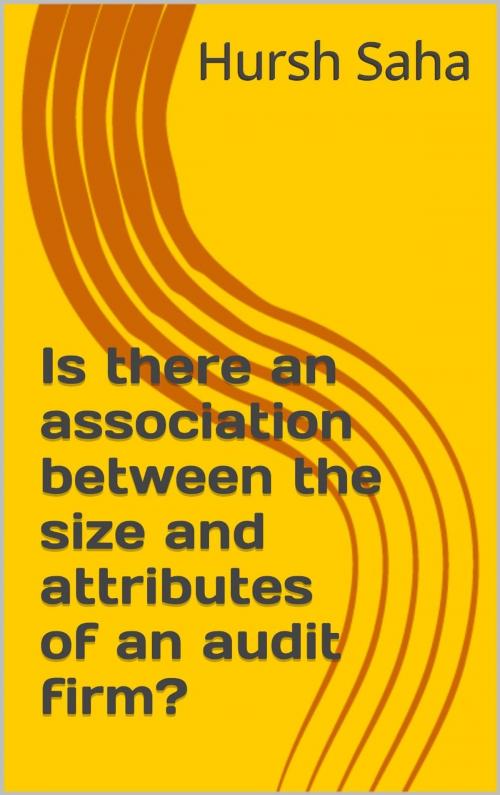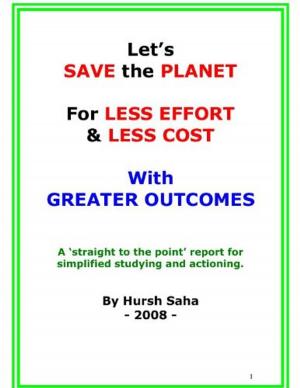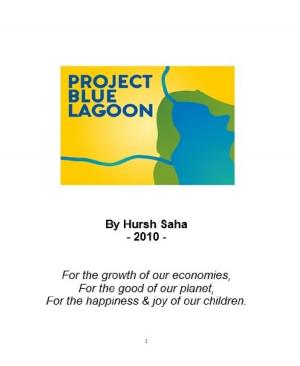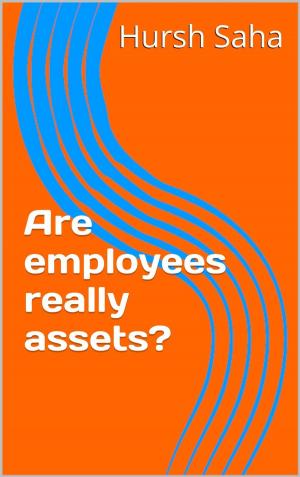Is there an association between the size and attributes of an audit firm?
Business & Finance, Accounting| Author: | Hursh Saha | ISBN: | 1230000284230 |
| Publisher: | Hursh Saha | Publication: | May 1, 2006 |
| Imprint: | Language: | English |
| Author: | Hursh Saha |
| ISBN: | 1230000284230 |
| Publisher: | Hursh Saha |
| Publication: | May 1, 2006 |
| Imprint: | |
| Language: | English |
University Accounting Honours Essay
The purpose of this paper is to prove that there are, in fact, certain determinants for a company’s choice of auditor (in terms of its size) which are consistent with the company’s attributes – in the East as well as in the West. Sure, some part of the decision may be left to chance or random factors but there are always certain factors (linked to the company’s attributes) that affect it. For example, a small company will tend to use a small or medium-sized auditor because that is all they can afford whereas a large company will tend to use a large one because they can easily afford to. It also shows a common belief that the larger and ‘more established’ the auditor is, the better it is in terms of quality. Empirical research already proves this ‘belief’ - but only in the West, and examples of it are given in the next section. This paper shows how the audit world in the East functions in a similar way even though it is not too well-understood by the West and even though many things are very different over there. For example, the ‘Big-4’ are not as dominant in their audit market since countless mergers have not occurred, as they did in the West.
In this paper, we first take a look at the empirical research which proves that there are determinants for auditor choice in the West and which also shows the lack of such research for the East. Then there is a description of the current situation for the Bangladesh companies which have been chosen to be tested. Following this is the testing of them, which includes the development of a null hypothesis (with the explanation of chosen variables and the development of an equation) and detailed statistical testing of it using data from these Bangladeshi companies. This part includes the author’s interpretation of the test results. Finally, there is a conclusion to wrap everything up.
University Accounting Honours Essay
The purpose of this paper is to prove that there are, in fact, certain determinants for a company’s choice of auditor (in terms of its size) which are consistent with the company’s attributes – in the East as well as in the West. Sure, some part of the decision may be left to chance or random factors but there are always certain factors (linked to the company’s attributes) that affect it. For example, a small company will tend to use a small or medium-sized auditor because that is all they can afford whereas a large company will tend to use a large one because they can easily afford to. It also shows a common belief that the larger and ‘more established’ the auditor is, the better it is in terms of quality. Empirical research already proves this ‘belief’ - but only in the West, and examples of it are given in the next section. This paper shows how the audit world in the East functions in a similar way even though it is not too well-understood by the West and even though many things are very different over there. For example, the ‘Big-4’ are not as dominant in their audit market since countless mergers have not occurred, as they did in the West.
In this paper, we first take a look at the empirical research which proves that there are determinants for auditor choice in the West and which also shows the lack of such research for the East. Then there is a description of the current situation for the Bangladesh companies which have been chosen to be tested. Following this is the testing of them, which includes the development of a null hypothesis (with the explanation of chosen variables and the development of an equation) and detailed statistical testing of it using data from these Bangladeshi companies. This part includes the author’s interpretation of the test results. Finally, there is a conclusion to wrap everything up.















